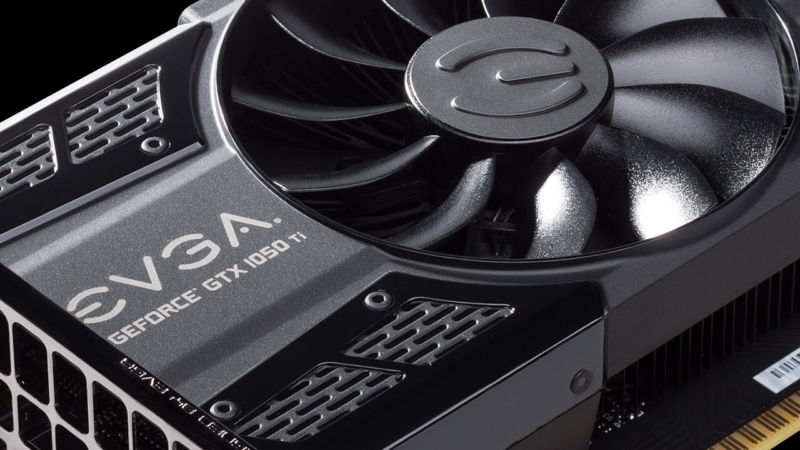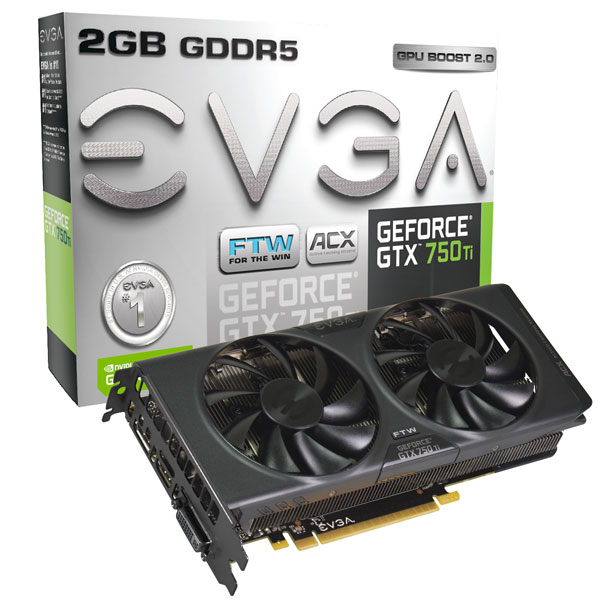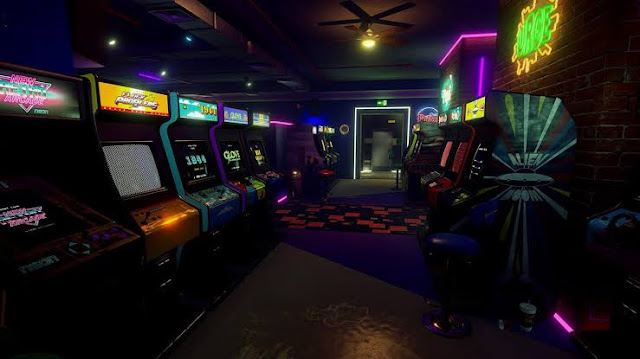1) GeForce GTX 1050 Ti (2016) ($154)
 Overview
OverviewGeForce GTX 1050 Ti is one of Nvidia's lower end graphics card. It is competing against AMDs more affordable gaming cards, like the newer RX 470.
Architecture
The Pascal Architecture aims for twice as much performance as the Maxwell Architecture and introduces support for second gen HBM.
GPU
It equips a GPU codenamed GP107-400 which has 6 SM activated and 768 Shader Processing Units, 48 TMUs and 32 ROPs. The central unit runs at 1290MHz and goes up to 1392MHz when the Boost Clock is triggered in game.
Memory
The GPU accesses a 4GB frame buffer of fast GDDR5, through a 128-bit memory interface, while the Memory Clock Operates at 3504MHz.
Power Consumption
With a rated board TDP of 75W, it relies entirely on the PCI Slot for power, meaning no extra connectors are required.
Performance
The GTX 1050 Ti will enable mid level graphics performance on modern AAA 2016-17 released games. Although there will be variations on this frame rate we expect this card to deliver around 55+ FPS on medium graphics settings at a 1080p screen resolution.
Comparatively, this card will be faster than the performance of the outgoing GTX 960
System Suggestions
GeForce GTX 1050 Ti is best suited for resolutions up to and including 1920x1080. We recommend a modern CPU like the i5-6500 and 8GB of RAM for minimal system bottleneck.
You can buy it on Amazon Here
2) GeForce GTX 1050 (2016) ($120)
Overview
The latest GeForce GTX 1050 is Nvidia's lower end graphics card, designed to compete against AMDs more affordable gaming cards, like the RX 460 or RX 470 and expected to replace the outgoing GTX 960.
Architecture
The Pascal Architecture aims for twice as much performance as the Maxwell Architecture and Introduces support for Second Gen HBM.
GPU
It equips a GPU Codenamed GP107-400 which has 5 SM activated and thus 640 Shader Processing Units, 40 TMUs and 32 ROPs. The central unit runs at 1354MHz and goes up to 1455MHz with the Boost Clock.
Memory
The GPU accesses a 2GB frame buffer of fast GDDR5, through a 128-bit memory interface, while the memory clock Operates at 3504MHz which is outstanding.
Power Consumption
With a rated board TDP of 75W, it relies entirely on the PCI Slot for power, meaning no extra connectors are required.
Performance
The GTX 1050 will enable mid level graphics performance on modern AAA 2016 released games. Although there will be variations on this frame rate we expect this card to deliver around 50+ FPS on medium graphics settings at a 1080p screen resolution.
Comparatively, this card will have slightly faster performance than the GTX 960.
System Suggestions
The GeForce GTX 1050 is best suited for resolutions up to and including 1920x1080, so our recommendation would be to use 1600x900 in order to get the most out of your settings. We recommend a high-end processor such as the i5-6500 and 8GB of RAM for optimal performance.
You can buy this card on Amazon Here
3) GeForce GTX 750 Ti (2014) ($114)

Overview
GeForce GTX 750 Ti is a performance Graphics Card based on the first variant of the Maxwell architecture.
Architecture
The first variant of the Maxwell Architecture succeeds the Kepler Architecture. Despite being also manufactured with a 28nm technology, it has an extremely large L2 Cache which allows NVIDIA to produce Graphics Cards with relatively small memory data transfer rates, without causing too much impact on the overall performance. Furthermore, the Shaders have been redesigned and are both more powerful and energy efficient.
GPU
It equips a GPU codenamed GM107-400-A2 which has 5 SM activated and thus offers 640 Shader Processing Units, 40 TMUs and 16 ROPs, on a 128-bit memory interface of fast GDDR5. The central unit runs at 1020MHz and goes up to 1085MHz, in Turbo Mode, while the memory clock operates at 1350MHz.
Features
DirectX 11.2 Support (11.0 Hardware Default) and support for GameStream, G-SYNC, GPU Boost 2.0, GeForce Experience, PhysX and other technologies.
Cooling Solution
The Cooling Solution consists of a Single-Fan and is identical to the one seen on GeForce GTX 650. The Card is known to run very cool and has a maximum operating temperature of 95ºC.
Power Consumption
With a rated board TDP of 60W, it requires at least a 300W PSU and relies entirely on the PCI Slot for power.
Release Price
Pricing is identical to the one seen on its predecessors - $149.
Performance
Benchmarks indicate its performance is largely better than its predecessor's but Radeon HD 7850 and GeForce GTX 650 Ti Boost Edition still offer better performance, due to their high memory bandwidth transfer rates.
System Suggestions
We recommend a strong processor (Intel Core i5 Quad Core/AMD FX Six Core) and 8GB of RAM for a system with GeForce GTX 750 Ti.
You can buy this card on Newegg Here
4)AMD RX 460 (2016) ($150)

Overview
Radeon RX 460 4GB is an Middle-Class Graphics Card based on the 4th Generation of the Graphics Core Next (GCN) Architecture.
GPU
It equips a GPU Codenamed Baffin XT which has 14 Compute Units activated and thus 896 Shader Processing Units, 56 TMUs and 16 ROPs.
Memory
The GPU accesses a 4GB frame buffer of Fast GDDR5, through a 128-bit memory interface, while the Memory Clock Operates at 1750MHz.
Power Consumption
With a rated board TDP of 75W, it requires at least a 350W PSU and relies entirely on the PCI Slot for Power, meaning no Extra Connectors are required.
Performance
This graphics card was designed and marketed towards the competitive MOBO gamers. A light weight, small form factor GPU solution that offers mobility, so that gamers travelling to events can bring a smaller cheaper gaming rig. The Radeon RX 460 4GB can play most modern games at medium graphics selection on a 1600p screen res and expect around 45+FPS
System Suggestions
Radeon RX 460 4GB is best suited for resolutions up to and including 1600x900. We recommend a Performance Processor and 8GB of RAM for Optimal Performance.
5)Radeon RX 560 (2017) ($130)

Overview
Radeon RX 560 4GB is an Middle-Class Graphics Card based on the 4th Generation of the Graphics Core Next (GCN) Architecture.
GPU
It equips a GPU Codenamed Polaris 21 which has 16 Compute Units activated and thus 1024 Shader Processing Units, 64 TMUs and 16 ROPs.
Memory
The GPU accesses a 4GB frame buffer of Fast GDDR5, through a 128-bit memory interface, while the Memory Clock Operates at 1750MHz, 7GHz effective.
Power Consumption
With a rated board TDP of 80W, it requires at least a 450W PSU and relies entirely on the PCI Slot for Power, meaning no Extra Connectors are required.
Performance
This graphics card was designed and marketed towards the competitive MOBO gamers. A light weight, small form factor GPU solution that offers mobility, so that gamers travelling to events can bring a smaller cheaper gaming rig. The Radeon RX 560 4GB can play most modern games at medium graphics selection on a 1080p screen res and expect around 45+FPS
System Suggestions
Radeon RX 560 4GB is best suited for resolutions up to and including 1920x1080. We recommend a Performance Processor and 8GB of RAM for Optimal Performance.

.png)

















No comments:
Post a Comment